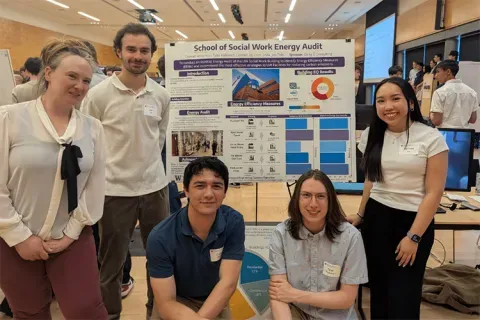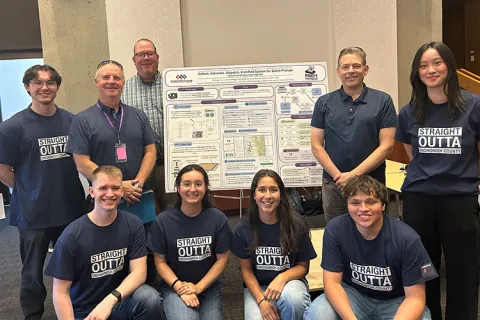PATH
Improved Water Quality Testing Kit
How do you know if the water you drink is safe? If you went to a hospital or clinic, would you be worried the water you drink could make you sick? Did you know that 25% of healthcare facilities worldwide don’t have water onsite? And that contaminated water—found in 25% to 57% of water samples in HCFs in Rwanda, Tanzania, and Uganda health facilities—contributes to the spread of infections, particularly among vulnerable patient populations, such as mothers and infants? Water monitoring is a challenge globally – commercial sensors are expensive and often give users more information than they need, making them overcomplicated. DIY components are more accessible. PATH is a global team of innovators working to accelerate health equity so all people and communities can thrive. PATH advises and partners with public institutions, businesses, grassroots groups, and investors to solve the world’s most pressing health challenges. The PATH team involved in this project focuses on using a human centered design approach to bring clean and safe drinking water to health care facilities in low and middle income countries. As the climate changes, clean drinking water will become more and more of a challenge and this HCDE student team worked to potentially help improve lives through this capstone. This student team's project purpose was to think creatively about how to better monitor water quality – building on existing technologies, software, and approaches to specifically assess chlorine levels in water through affordable, reliable, and user-designed approaches. The student team considered HCDE factors such as communication of scientific data, digital device design, and user interface design. The students also worked to develop and use general engineering skills for device design and prototyping (coding, 3D printing, etc.) and worked with global leaders in the sector, while gaining practical, hands-on experience. The outcomes this student team worked to achieve include User Research, Design Research, Ideation, Prototyping, Evaluation The student team worked to create a prototype and final devices for testing water quality in an affordable and easy-to-use way. They worked to include such aspects as physical products, digital files, design documentation, and user instructions. Students also worked to create documents including product and user requirements, brainstorming records, study designs, data collection templates, and final presentation materials such as reports and posters.
Faculty Adviser(s)
Alan Marks, Human Centered Design & Engineering
Related News

Mon, 10/13/2025 | UW Mechanical Engineering
Capstone collaboration leads to award
An ME capstone team received first place for its energy audit of the UW School of Social Work building.

Thu, 07/17/2025
UW engineering students develop smart ballot solution
UW engineering students develop smart technology solution to improve ballot collection for Snohomish County.

Mon, 07/07/2025 | UW Mechanical Engineering
Capstone creations
Students displayed innovative capstone design projects at the 2025 expo.

Fri, 09/20/2024 | UW Civil & Environmental Engineering
Smarter irrigation for a greener UW
A new project combines satellite data with ground sensors to conserve water and create a more sustainable campus environment.